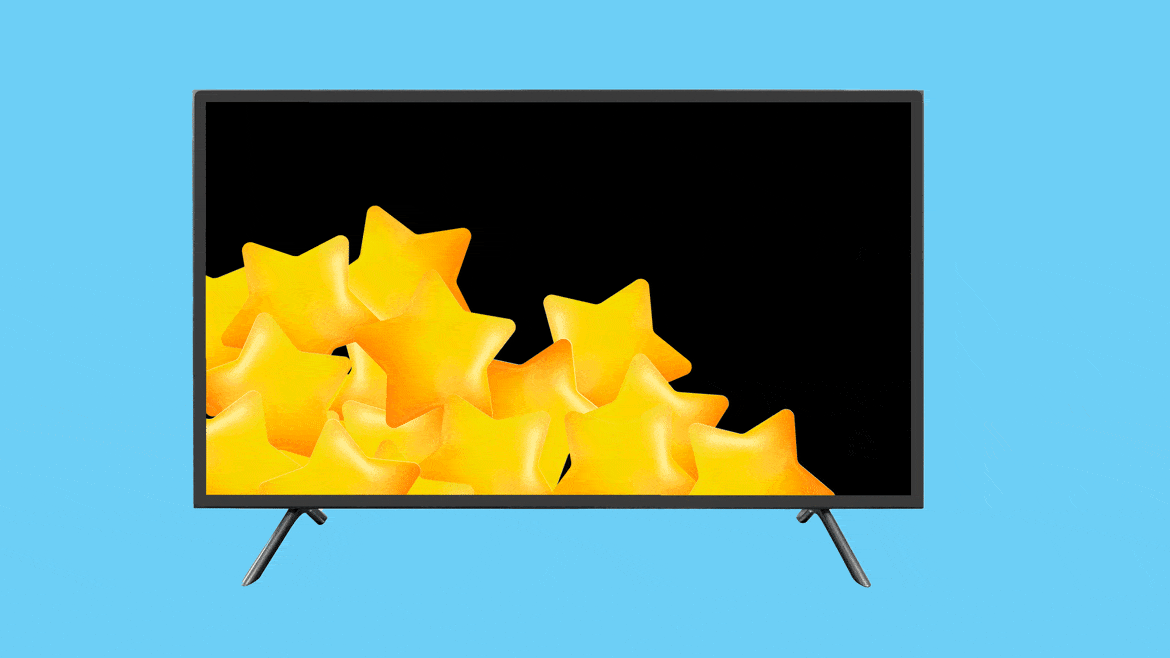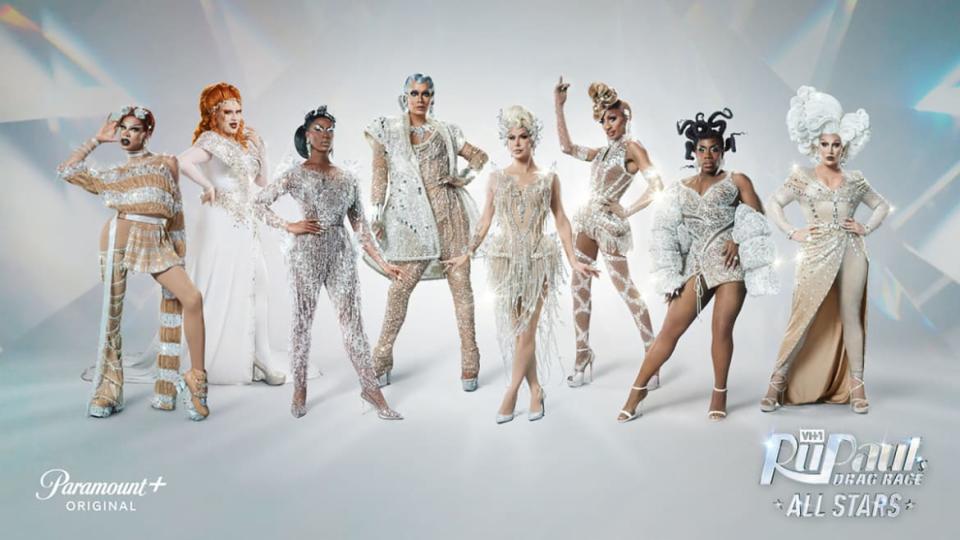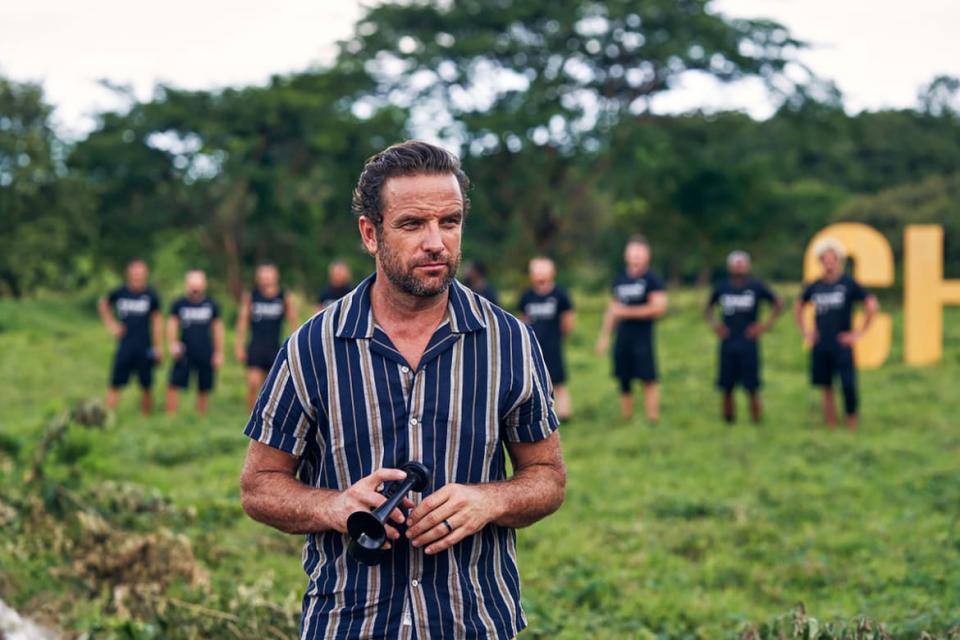All-Star Seasons Used to Be a Gimmick. Now They’re Reality TV’s Saving Grace.

If you’ve been watching reality television for a long time, you tend to have a few people that have starred in shows that have made an impact on you. Maybe they were the first time you saw yourself represented on television. Or maybe you just love the drama they brought to your favorite shows. Whatever the case, if they appeared in a competition series or one-off season of a show, you resign yourself to the fact that you’ll never see them on TV again. Or so you thought.
This week, merely two minutes after RuPaul’s Drag Race wrapped up its 14th season, episodes will start airing of the seventh season of RuPaul’s Drag Race: All Stars. This season, *for the first time in Drag Race history* every contestant competing has won a season of Drag Race, upping the ante by bringing back contestants that no one thought they’d ever see compete again.
RuPaul’s Drag Race is not the only franchise to cash in on the appeal of an All Stars season. The Challenge, arguably one of the greatest television shows in reality history (it is me, I am making the argument), has just started its third All Stars season. After historically low viewership and ratings for the 37th season—yes, that’s a real number—of its flagship show, viewers are in nearly universal agreement that All Stars is a welcome breath of fresh air.
Both of these shows are just the tip of the all-stars iceberg. Recently there have been all-star seasons of shows like Project Runway, Top Chef, and The Amazing Race. The Food Network is almost entirely Guy Fieri bringing back Diners Drive-Ins and Dives or Guy's Grocery Games contestants for tournaments. Real Housewives Ultimate Girls Trip nearly saved Peacock because fans were so excited about it. The Real World Homecoming, the spin-off of the iconic godmother of reality television The Real World, is one of the best shows on TV.

“RuPaul’s Drag Race All Stars.”
Why do we love an All Stars season so much? It completely goes against the old (and outdated) notion of 15 minutes of fame. In fact, it’s evidence that we just can’t get enough of the people we once thought would be just blips in our pop culture-obsessed lives. Often, audiences get more excited about all-star seasons than regular ones.
There’s an obvious answer, of course. By definition, “all-star” is the best of the best, and in a world over-saturated with reality show participants trying to leverage their appearances for Fashion Nova deals, seeing tried and true personalities feels like a guaranteed good time.
But there’s an interesting nostalgia involved with the concept of reality television all-stars. Not only are we tapping back into old personalities we enjoy, but we’re also harkening back to an old style of reality television. A pre-social media age where, for better or worse, the stars were entertaining, guided by nothing but the desire to make good TV…as well as unlimited alcohol and a complete ignorance of the evil of reality television producers.
‘RuPaul’s Drag Race’ Is Mimicking Marvel’s Superhero Formula
In the early 2000s, way before people could use platforms like Instagram, YouTube, or TikTok to build an audience, the only resort for someone who wanted some degree of notoriety was reality television. Rather than posting your photo to Instagram, you went on America’s Next Top Model. There was no YouTube or TikTok to post your covers, so you went on American Idol. As opposed to starting a podcast to show off your personality, you went on shows like The Real World. And obviously, Flavor of Love was the only option in a world with no Tinder. (It was a bleak time.)
So, all of those people with no other choices sent in casting tapes, in the hopes of one day being chosen to appear on the show of their choice. Those casting tapes were like little interviews, where people made the case of why they would make good television. There were few other options for people to be discovered by casting directors. So when they were chosen to appear on those shows, they were determined to walk the walk and prove it.
In some cases, when someone from that era of reality television competes in an all-star season, they may not have appeared or competed on television for 10, 15, sometimes even 20 years. In the case of RuPaul’s Drag Race, Raja, the winner of the third season of the show was crowned 11 years ago, the longest of any of the other winning queens on the season. Her tenure on the third season of the show was defined both by her prowess as a “fashion queen” and by her quick judgments of her fellow competitors as “boogers”. She performed well in the competition, but also made great TV, albeit in ways that some saw as mean-spirited. Those antics aside, fans are excited to see her on their screens again.
There are few shows that have more all-star worthy contestants to pull from than The Challenge, which first season-premiered in 1998. Since then, there have been hundreds of people featured on the show. Season 3 of All Stars features Wes Bergman, a reality television dynamo who has actively promised to disrupt the feel-good, summer camp, “us-old-people-still-got-it” vibes from the first two seasons.
Bergman represents the delicate balance that great reality show stars know how to navigate. They need to both remember and forget that they are on television. Remember, in that they need to be aware that reacting will always make better television than doing nothing at all, and forget, in that they can’t be fearful of social media backlash to their actions.
It cannot be understated how much social media has changed reality television. In the before times, reality television villains merely had to weather the criticism that coworkers would give around the water cooler. They might not have even known about it. Now? It’s death threats delivered to their DMs on the daily.

“The Challenge All Stars.”
The parasocial relationship is much more pronounced between a reality TV star and an audience member and a celebrity and their fan. We see so much of their lives on television, that viewers can trick themselves into believing that they know everything about a person. At the same time, these people aren’t musicians or actors. They’re just like us, meaning that they are much more accessible.
This has drastically affected participants' ability to make good TV. In the sixth season of RuPaul’s Drag Race: All Stars, Silky Nutmeg Ganache, who received tons of unfair online hatred for being “too much” and overshadowing her cast members, was hyper-cognizant of the fans’ reactions her first go-around and decided to take a much more muted, collaborative approach on her second run. However, because RuPaul’s Drag Race is a reality competition show and not a team-building retreat, her new persona was criticized by the judges, and she was subsequently eliminated.
All-stars seasons give us hope in disrupting the reality television rut we are in. As evidenced by Silky Nutmeg Ganache, contestants are having trouble balancing good TV with audience reception. And it’s not their fault. When contestants leave their shows, they often make a transition to influencing. The benefit of making good TV isn’t worth not being able to capitalize on brand deals because the audience hates you. Not to mention, those aforementioned death threats.
Andy Cohen’s Reality-TV State of the Union: From ‘The Real World’ to ‘The Real Housewives’
This had led to reality television being stale and predictable, or worse of all, boring. That’s where all-star seasons come in.
Their appeal is not only in its casting of fan favorites. Showrunners have their pick of contestants that either appeared before social media was as prevalent as it is now or appeared afterward and simply don’t care. As a self-appointed reality television historian, I miss seeing those types of characters in reality television. So if it means that shows have to reach into the casting tape archives to make some good TV, so be it.
Get the Daily Beast's biggest scoops and scandals delivered right to your inbox. Sign up now.
Stay informed and gain unlimited access to the Daily Beast's unmatched reporting. Subscribe now.

